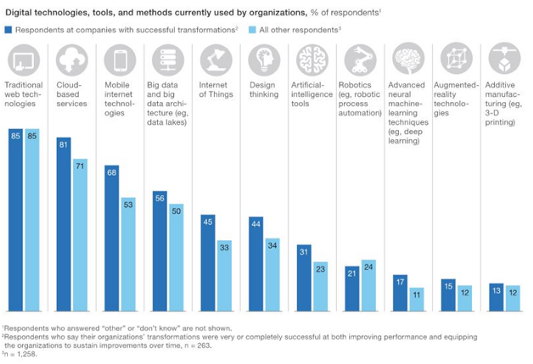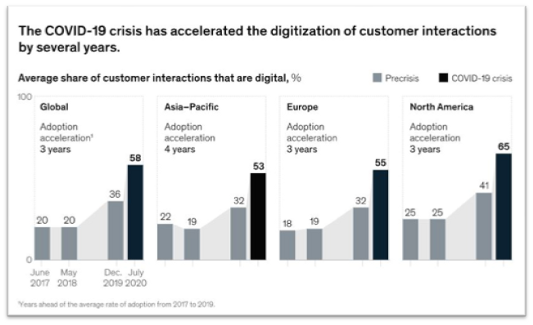- Published on
Transforming for the Digital World & Insights
- Authors
- Name
- Samson Lam
- @samsonllam
A Lot Has Changed in a Year

By 2050, the world’s population will reach 9 billion, necessitating food, clothing, transportation, employment, and education. We are dedicated to a growth-driven global economy that must continue to inflate for centuries to provide everyone with unlimited spending.
Could we, with new technology, create a digital transformation that enables everyone to thrive and prosper while collaborating? Could we evolve into a prosperous society where excellence is the norm?
Digital transformation is critical to the creation of effective work environments, core competency, and corporate operations. Upgrading to the newest technology — referred to as “digital transformation” — enables your firm to adapt, endure, and prosper in rapidly changing times.
Digital transformation, with its numerous advantages, is essential for businesses to flourish. To this aim, a growing number of forward-thinking businesses are investing in one of the most promising technologies available today — the digital workplace.
Digital workspaces are frequently customized and unique to each business. They provide a consolidated ecosystem of data, tools, and applications. It is made easy by essential features and functionalities to:
Connect and collaborate with coworkers from any location.
Store, manage and share massive quantities of data and assets across numerous users.
Run management software and business applications from a single platform.
Automate and optimize a range of business processes.

The Digital Workplace Has Assumed Power in The Mainstream

The digital workplace has gained widespread adoption for the core competency. Around three-quarters of respondents rated the digital workplace as “essential,” “very essential,” or “extremely essential.” Additionally, the researchers discovered that many of the surveyed organizations afterward embarked on digital transformations by transforming the workplace.
Given the increasing presence of young, digital natives in the workforce, many employees should be capable and ready to adapt to a digital environment. A digital workplace encourages employees to interact, communicate, and remain interested in their work.
Obtaining Insights into The Digital Workplace

Today’s businesses are data-driven. With the growth of digital technology transforming the workplace, workers have access to an abundance of data and information that may help them become more competent, agile, and customer-centric.
What They Lack are Insights
While CIOs have concentrated their efforts on digital transformation projects such as cloud computing and mobile apps, they are not getting the full benefits of these resources. These strategies are trapping all of this data, making it impossible to use it to fulfill KPIs. The solution is a knowledge engine.
Gartner states that “insight engines use relevance techniques to define, find, organize, and evaluate data.” This enables the proactive or interactive delivery of current or synthesized information in the context of digital employees, consumers, or stakeholders at critical business moments.”
Is it true that monitoring the figures provides business advantages or indicates the value obtained from their use? While the metrics cover uptake, engagement, and usage, we believe there is benefit in aligning workplace insights with value-based corporate objectives as well.
If a company chooses to redefine its employees’ digital experience, the digital insights provided by the Digital Workplace based on adoption and usage patterns may be a tremendous advantage. The strategy that should be taken is to simply employ an analytics platform to enable organizations to increase their understanding across several lines of business systems, CRM, and human resource data, etc. Additionally, these insights will enable them to see how their tools were being utilized to effectively pivot and establish their new route.
Performance is Enhanced via Metric Analysis

The metric analysis is used to evaluate the efficacy of Digital transformation methods. It is used to provide frameworks for enhancing the digital workplace. Additionally, it plays a critical role in controlling and measuring development in the workplace.
Most digital teams monitor their digital workplace’s performance using only two or three metrics. On the other side, teams who used a broader variety of metrics discovered that their digital workplace performed better and was more efficient. This suggests a clear correlation between the usage of metrics and the level of production.
Indeed, data is required by every business. However, obtaining data is not sufficient — you must first identify which data is important to your business.
